Keratoconus / Corneal ectasia
ECCNV now offers the first and only cross-linking treatment approved by the U.S. Food and Drug Administration (FDA) for progressive keratoconus and corneal ectasia. Corneal cross-linking is used to stiffen and strengthen corneas that have been weakened by disease or refractive surgery. Without treatment, patients can progressively lose vision, and in advanced stages, often require corneal transplants.
In keratoconus patients, the typically round, dome-shaped cornea progressively thins and weakens, causing the development of a cone-like bulge that produces optical irregularities and aberrations that affect vision. Keratoconus typically appears in individuals who are in their late teens or early twenties but can be symptomatic in later years. Symptoms include blurring or distortion of vision or increased sensitivity to light. Corneal ectasia, also marked by progressive corneal steepening and thinning, is a rare but serious complication resulting from vision correction procedures—such as laser-assisted in-situ keratomileusis (LASIK) and photorefractive keratectomy (PRK), and is associated with worsening vision.
Corneal cross-linking using Avedro’s Photrexa products and KXL System is a medical procedure that combines the use of ultra-violet (UV) light and riboflavin (vitamin B2) eye drops. The procedure works by creating new corneal collagen cross-links, which results in a shortening and thickening of collagen fibrils that leads to the stiffening and strengthening of the cornea.
Our Cornea Specialist, Dr. Paul Row, has the expertise to manage Keratoconus as well as provide this new “Cornea-saving” treatment. If you have questions, or would like to understand more about Cornea Crosslinking and treatment options, reach out to our office. We are happy to speak with you.

